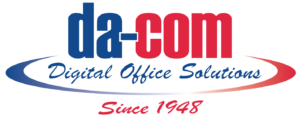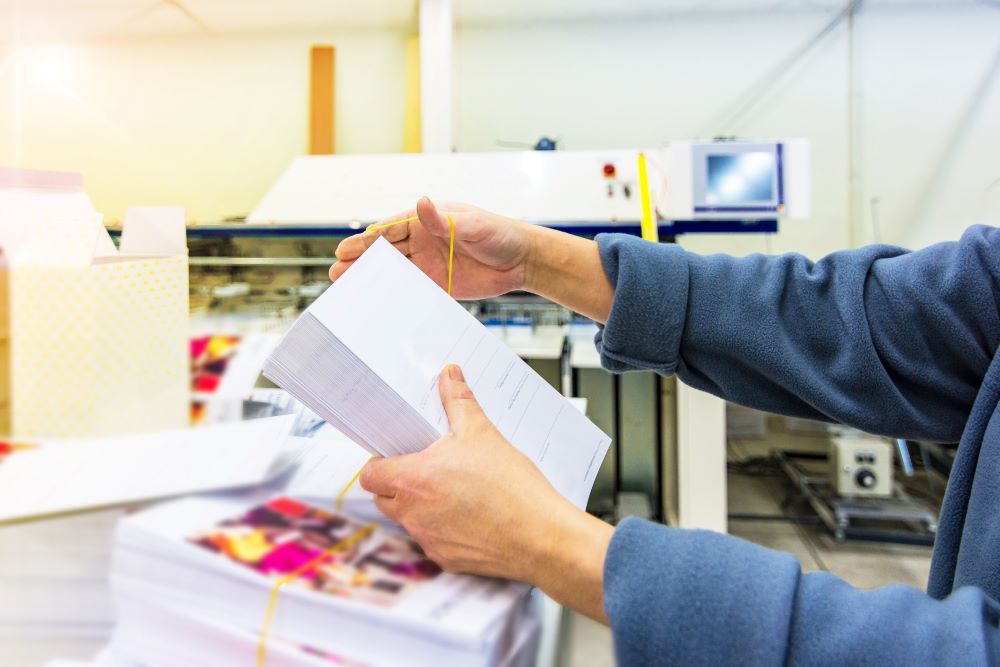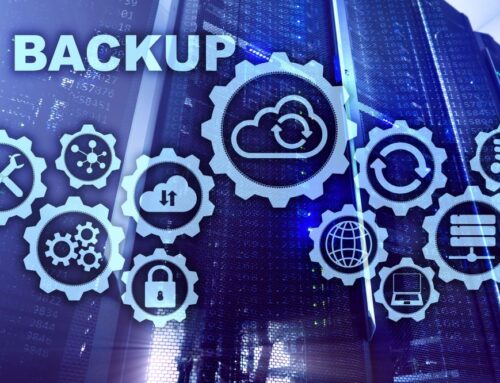First commercially available back in the 1990s, the digital press has become a popular printing choice for businesses looking for high speed and quality. While many still turn to offset printing for large volumes at low costs, the advances in digital printing have made the digital press more viable over the years.
But what is a digital press, and what businesses would need one in-house? We’ll be exploring both these questions and hopefully giving you more clarity along the way.
The Many Aspects of a Digital Press
The first thing that’ll strike you about a digital press is their size. They’re designed for larger commercial spaces and serve as multifunction printers and an all-in-one printing solution. They range from the size of a large office laser printer, to taking up half a room in some cases. Most have their own terminal to interface with network machines, as well as processing jobs.
Large-scale printing relies either on lithography (offset printing) or digital printing. There are a number of areas where the digital press differs from its analog counterpart. Let’s take a look at what makes a digital press so valuable.
Speed and Volume
Offset printing is still the fastest printing method out there and is the go-to choice for companies that need high-volume printing done quickly. The digital press won’t match its speed, but it’s still the fastest type of digital printer. The terminal interface can ensure that jobs are completed back-to-back, sometimes even on the same ream of paper.
What makes digital presses faster is their lack of setup time. Offset printing relies on transferring patterns from ink plates to create the image, which is then transferred to a roller. This takes time to set up and change. In contrast, the interface of the digital press can start and stop jobs almost immediately, as it uses laser technology rather than ink and plates to get the job done. The digital press also uses dry ink, which means no drying time is needed.
What’s more, digital presses can also accommodate for variables and sequential numbering, saving you time in manually adjusting every master print copy.
Unlike many other digital printers, digital presses can also print on a variety of stock, ranging from envelopes and cards to coated and uncoated paper. They can do this quite quickly. Some digital presses offer the ability to print up to 4000 envelopes per hour.
Digital presses are still a long way off from matching the output of offset printing. That said, they are very popular for shorter, but still hefty print runs. The aforementioned lack of turnaround time also means that they can complete multiple back-to-back jobs much faster than an offset printer.
Image Quality
This is an area where the digital press has come to shine. The printer relies on a laser system to apply toner directly to the drum, rather than ink to plates. In addition to the standard CMYK colors of printing, many digital presses offer oranges and violets for better color saturation and whites and silvers to reproduce these colors on non-white stock more legibly. Many come with color calibration tools to ensure high fidelity.
Digital presses can also output stellar image clarity, with up to 4800dpi. Dedicated publishing programming languages, like Adobe Postscript, help transfer digital designs to physical medium that much easier.
Cost
From a cost perspective, digital presses are at their best on medium print jobs. Offset printing would be more cost-effective at high volumes, but for smaller businesses that still require a fair amount of output, presses are much cheaper. Offset printing becomes expensive at these medium volumes.
The costs of owning and maintaining a digital press may seem intimidating upfront, but you need to consider both their output and purpose. With a higher production than other digital printers, the costs of printing via digital press become cheaper per sheet. The quality of the output you’re receiving also far outstrips that of other digital printers.
Digital presses also lack turnaround times and the labor required to change plates between jobs. You’ll be saving a lot more here, too.
Eco-Friendliness
Wasted ink and paper can not only be costly but negatively impact your environmental goals. Because of their laser technology, unused toner from a printing job will be returned to its tank, for use again. This ensures little to no waste. The toner used in these printers is also free from harmful chemicals.
With its focus on quality and ability to print multiple jobs on the same stock, the printer will also waste less paper and have less misprints.
Some digital presses also focus on their operation, running completely carbon neutral. There’s a lot to appreciate about the cleaner, efficient printing of these machines.
Who Needs a Digital Press?
So, after considering these features, where does the digital press belong? Let’s recap the key features:
- A high upfront cost, but savings with higher volumes, less labor, and quicker turnaround time.
- High image quality and color accuracy.
- Able to print on varied and difficult stock.
- Fast printing and medium print volumes.
- Little wastage or harmful chemicals.
Digital presses are best suited to businesses that need their higher output, versatility, and quality. They are perfect for:
- Printing companies that handle many custom orders.
- Smaller publishers that want to produce high-quality prints.
- Businesses that want to produce their own in-house marketing materials.
- Companies looking to create labels and stickers for themselves or others.
If your business has similar needs to one of these, then it may be time to consider investing in a digital press.
Press Impressions
With advances in digital printing, the digital press has become a close competitor to lithography while still being a cheaper and more viable alternative to smaller businesses wishing to have one on-site. If you feel that this printer is perfect for your needs, or even if you’d like some more details, then we’d be delighted to assist.
For over 70 years, we’ve been providing our knowledge and expertise to the people of Missouri and Illinois. We know our technology and want to provide the best solution for your workplace needs. If you’re in Columbia, St. Louis, or anywhere in Western Illinois, contact us to discuss your digital printing needs.







Leave A Comment